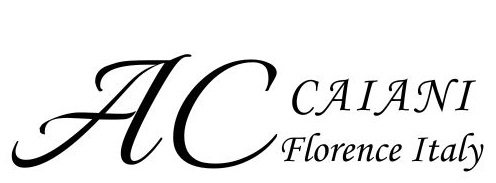🎓 Exploring Italy’s School System: Statale, Privata, and Parificata Explained
Italy’s education system offers a rich tapestry of options, each tailored to different values, learning styles, and family needs. Whether you’re relocating to Florence or simply exploring schooling choices, understanding the distinctions between statale, privata, and parificata schools is essential. With the right information, families can confidently choose the path that best supports their children’s growth and success.
🏫 Statale Schools (Public Education)
Funded entirely by the government, statale schools are the backbone of Italy’s education system. They provide free education to all students, regardless of nationality or residency status.
- Accessibility: These schools are widely available across the country and represent the majority of institutions at every educational level.
- Curriculum: Regulated by the Ministry of Education, the curriculum is standardized to ensure consistency and academic rigor nationwide.
- Language of Instruction: Italian is the primary language used in classrooms, although foreign languages—typically English—are introduced early, often in primary school.
- Compulsory Education: Children must attend school from age 6 to 16, covering both primary and lower secondary education.
👉 For families seeking integration into Italian society and a cost-free academic path, statale schools are a reliable and popular choice.
🏛️ Privata Schools (Private Education)
Unlike public schools, privata schools are funded privately and charge tuition fees. They offer a wide range of educational philosophies and often provide more personalized learning environments.
- Tuition Fees: Costs can range from €3,000 to €10,000 per year or more, depending on the school’s reputation and offerings.
- Curriculum Options: Many private institutions embrace alternative approaches such as Montessori, Waldorf, or international programs like the International Baccalaureate.
- Class Sizes: Typically smaller, which allows for more individualized attention and tailored instruction.
- Religious Affiliation: Some schools incorporate religious education, reflecting their spiritual foundations.
Moreover, private schools often appeal to families seeking flexibility, innovation, or bilingual instruction.
🏫 Parificata Schools (Paritarian Education)
Straddling the line between public and private, parificata schools are privately operated but officially recognized by the Italian government.
- State Recognition: These schools must meet specific standards set by the Ministry of Education, ensuring academic credibility.
- Curriculum Similarity: While independently managed, they follow a curriculum closely aligned with public schools.
- Funding: Although tuition is required, some public funding may be available, helping to reduce costs for families.
- Educational Approach: Paritarian schools often blend traditional academics with innovative teaching methods.
Consequently, they offer a balanced option for families who value both structure and creativity.
🧭 Choosing the Right School: What to Consider
When selecting a school in Italy, several factors should guide your decision:
- Educational Philosophy: Consider whether you prefer traditional academics or alternative methods.
- Budget: Public schools are free, while private and paritarian schools involve tuition and additional costs.
- Language & Integration: Public schools offer full immersion in Italian, while private institutions may offer bilingual or international programs.
- Residency Status: All children have the right to education, but access to certain schools may depend on visa or residency type.
Additionally, visiting campuses and speaking with educators can provide valuable insights into each school’s culture and environment.
🌟 Final Thoughts
Italy’s school system reflects the country’s commitment to diversity, excellence, and cultural richness. Whether you choose a statale, privata, or parificata school, each path offers unique advantages. By understanding your priorities and exploring your options, you’ll be well-equipped to find the perfect educational fit for your family.

